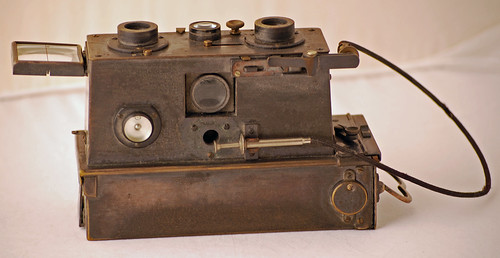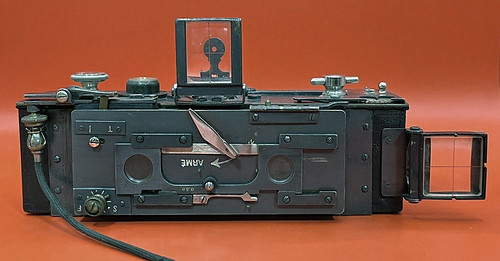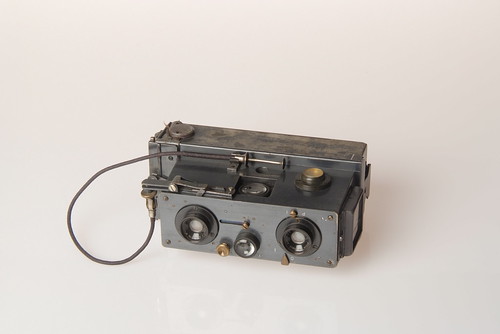Richard (Jules)
| French | () | |
|---|---|---|
| companies | ||
| AFR | Alsaphot | André and Lieutier | Angénieux | Arca Swiss | As de Trèfle | Atoms | Aubertin | Balcar | Bardin | Bauchet | Baudry | Bellieni | Berthiot | Boumsell | Boyer | Bronzavia | Cindo | Cord | Cornu | Coronet | Darlot | Demaria-Lapierre | Derogy | Faller | FAP | Fex | Français | Compagnie Française de Photographie | Gallus | Gaumont | Georges Paris | Girard | Gitzo | Goldstein | Héard & Mallinjod | Hermagis | Idam | Itier | Jousset | Joux | Kafta | Kinax | Kodak Pathé | Krauss | Lumière | Lund | Mackenstein | Manufrance | MAPED | Mazo | MFAP | MIOM | Mollier | Mundus | Olbia | Omega | OPL | Pierrat | Richard | Richard (Jules) | Roussel | Royer | SEM | Secam | SIAP | Soulé | Spirotechnique | Tiranty | Vergne | Zion (France) | ||

|
| Jules Richard Vérascope,early 20th century model image by kek szakallu (Image rights) |

|
| Front view image by kek szakallu (Image rights) |
|
The instrument company owned by Jules Richard was a pioneer in stereo photography, popularizing a 45x107mm plate format which made very portable stereo cameras possible. Jules Richard, its founder was an inventor and pioneer in several fields of engineering in the late 1800s France. He invented instruments that allowed recording (barometers) and by 1893 he introduced the 45x107mm glass plate format for Stereo photography. [1]
Jules Richard introduced the Vérascope brand, for a simple to use line of stereo cameras using the 45x107mm format, which at the time was considered compact, and allowed the production of compact and cheaper cameras with "magazines" that carried 10-12 plates and allowed the photographer to take more than 1 picture and brought stereo photography to the masses. Initial versions used fixed 54mm f/10 lenses that produced good images from 5m to infinity. Later versions used Zeiss Tessar lenses. This was followed by a simpler version called Glyphoscope which doubled as a viewer. These cameras used the 45x107mm glass plates initially but the line was later expanded to 6x13 and 7x13 plates.
The Homéos was first made in 1914 and was the first stereo camera for 35mm film. [2] A second revised model followed in 1920.
The name Vérascope Richard became well known for cameras, accessories and stereoscopes (Taxiphote revolving for parlors) and the name was carried into the 1950s with the Verascope f40 (which was imported and sold in the US under the Busch brand).
The popularity of stereo photography and the success of Vérascope was followed by other companies such as ICA, and Ernemann until the 1930s.

|
| Homéos image by Genéve Friede (Image rights) |
Notes
- ↑ [1] stereoscopyhistory.net
- ↑ McKeown, James M. and Joan C. McKeown's Price Guide to Antique and Classic Cameras, 12th Edition, 2005-2006. USA, Centennial Photo Service, 2004. ISBN 0-931838-40-1 (hardcover). ISBN 0-931838-41-X (softcover). Page 821.
Links
- Jules Richard page at Collection G. Even's site (in French)
- About Jules Richard and Stereo Cameras at Ignomini (archived)
- Jules Richard at Andre Ruiter's Stereoscopy history website
- Cameras Richard on www.collection-appareils.fr by Sylvain Halgand (in French)
- Verascope instruction manual at Butkus's Orphan Cameras

|
| c.1920 Richard Verascope 3S image by photokristof (Image rights) |

|
| 1930 Portuguese advertisement image by Gatochy (Image rights) |

|
| Le Glyphoscope c.1905 image by Geoff Harrisson (Image rights) |
